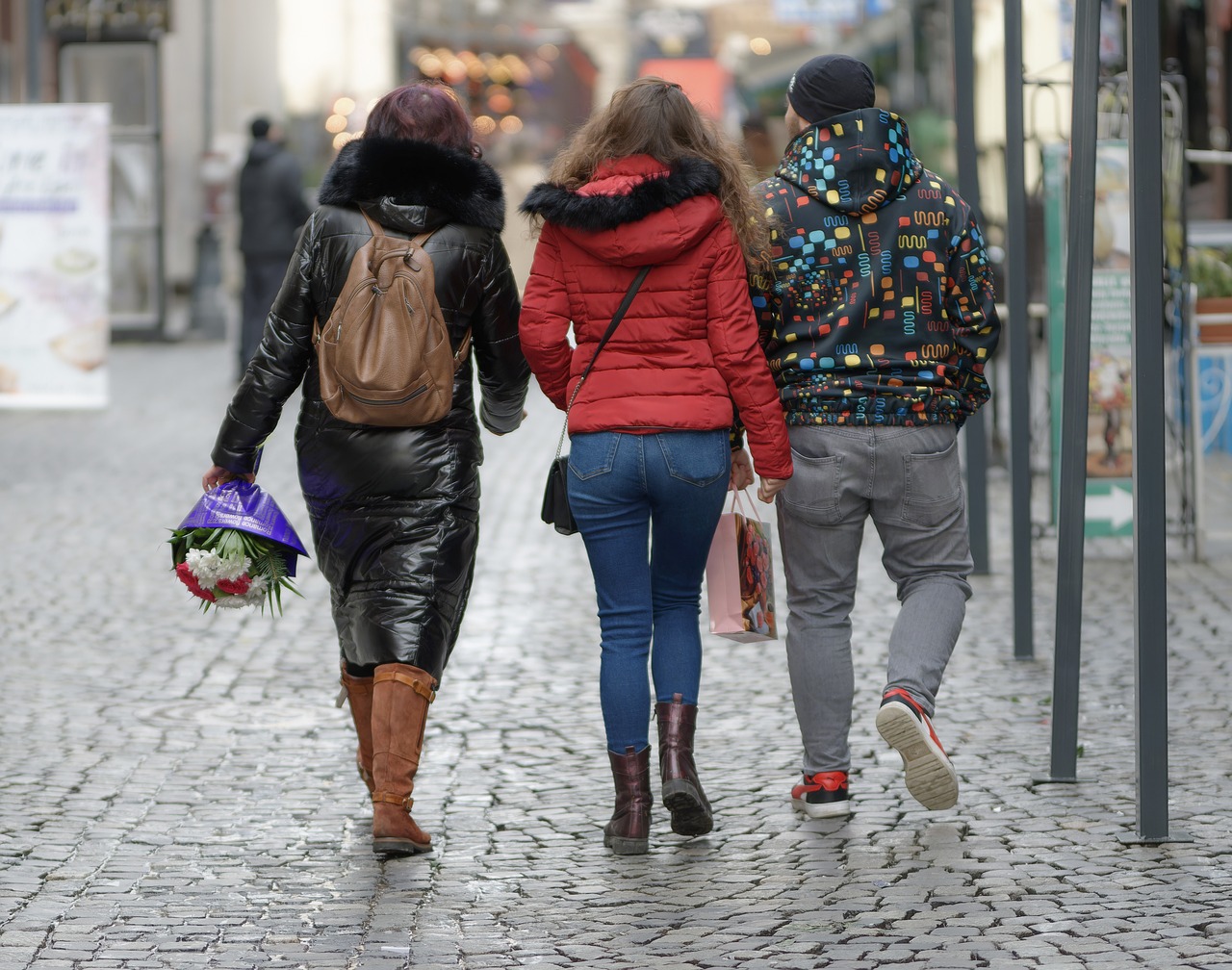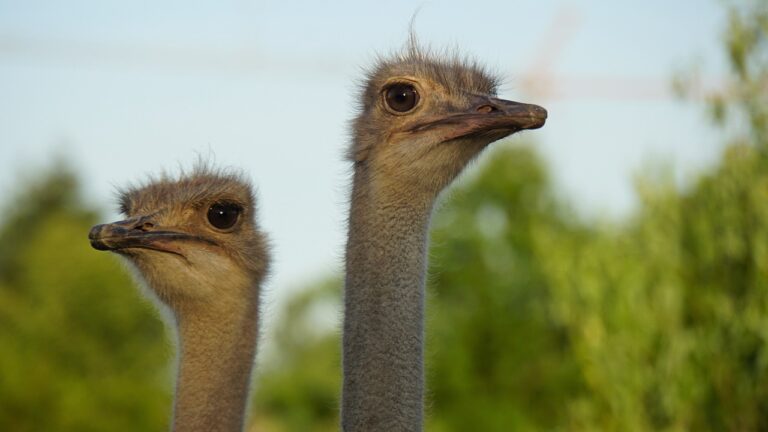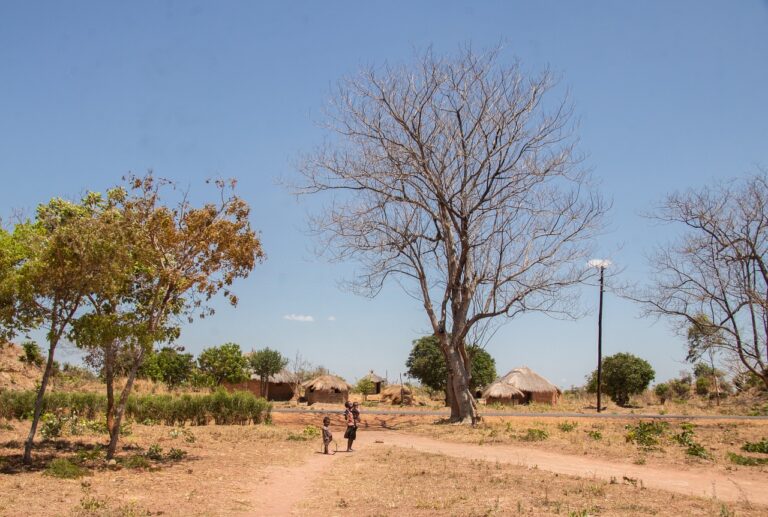Slow Travel: Embracing Leisurely and Sustainable Journeys
Slow travel is a mindset that prioritizes quality over quantity, encouraging travelers to immerse themselves fully in the local culture and environment. It involves taking the time to truly experience a destination, savoring each moment and creating meaningful connections along the way. Unlike traditional fast-paced tourism, slow travel focuses on the journey itself rather than rushing from one attraction to the next.
By embracing slow travel, individuals can enjoy a more authentic and enriching travel experience. It allows for a deeper appreciation of the destination, as travelers have the opportunity to engage with locals, explore off-the-beaten-path gems, and savor the little moments that often go unnoticed in a hurry. This approach not only benefits the traveler by reducing stress and fostering a sense of connection, but it also contributes to the sustainability of the local communities and environment visited.
Benefits of Slow Travel
Slow travel offers a unique opportunity to truly immerse oneself in the local culture and customs of a destination. By spending more time in one place, travelers can engage more deeply with the community, forming meaningful connections and gaining a more authentic perspective of the location. This enhanced cultural experience often leads to a greater appreciation and understanding of the destination.
In addition to fostering cultural connections, slow travel allows for a more relaxed and stress-free exploration of a destination. Without the pressure to rush from one attraction to the next, travelers can take the time to savor each moment and fully absorb the beauty and essence of a place. This unhurried approach not only reduces the typical tourist burnout but also promotes a sense of mindfulness and gratitude for the journey.
How to Plan a Slow Travel Itinerary
When planning a slow travel itinerary, start by selecting destinations that resonate with your interests and allow you to immerse yourself in the local culture. Research each location thoroughly to understand its history, traditions, and unique attractions. Consider the pace of life in each place and how it aligns with your desire to slow down and savor the experience.
Next, create a flexible schedule that includes ample time for relaxation and spontaneous exploration. Avoid overloading your itinerary with activities and instead leave room for serendipitous discoveries and meaningful interactions with locals. Embrace the concept of “slow travel” by prioritizing quality over quantity, allowing yourself to fully engage with each destination and create lasting memories.
Select destinations that resonate with your interests and allow you to immerse in local culture
Research thoroughly about each location’s history, traditions, and unique attractions
Consider the pace of life in each place and how it aligns with your desire for slow travel
Create a flexible schedule with ample time for relaxation and spontaneous exploration
Avoid overloading itinerary with activities; leave room for serendipitous discoveries
Prioritize quality over quantity to fully engage with each destination
What is Slow Travel?
Slow travel is a mindset that encourages travelers to take their time exploring a destination, immersing themselves in the local culture, and truly experiencing the place they are visiting.
What are the benefits of Slow Travel?
Slow travel allows travelers to relax and truly enjoy their vacation, reduce their carbon footprint by staying in one place for a longer period of time, and gain a deeper understanding of the local culture and way of life.
How do I plan a Slow Travel itinerary?
To plan a Slow Travel itinerary, start by choosing a destination that you are truly interested in exploring. Research the local culture, attractions, and activities, and create a flexible itinerary that allows for plenty of downtime to relax and enjoy the experience. Consider staying in one location for an extended period of time to truly immerse yourself in the destination.







